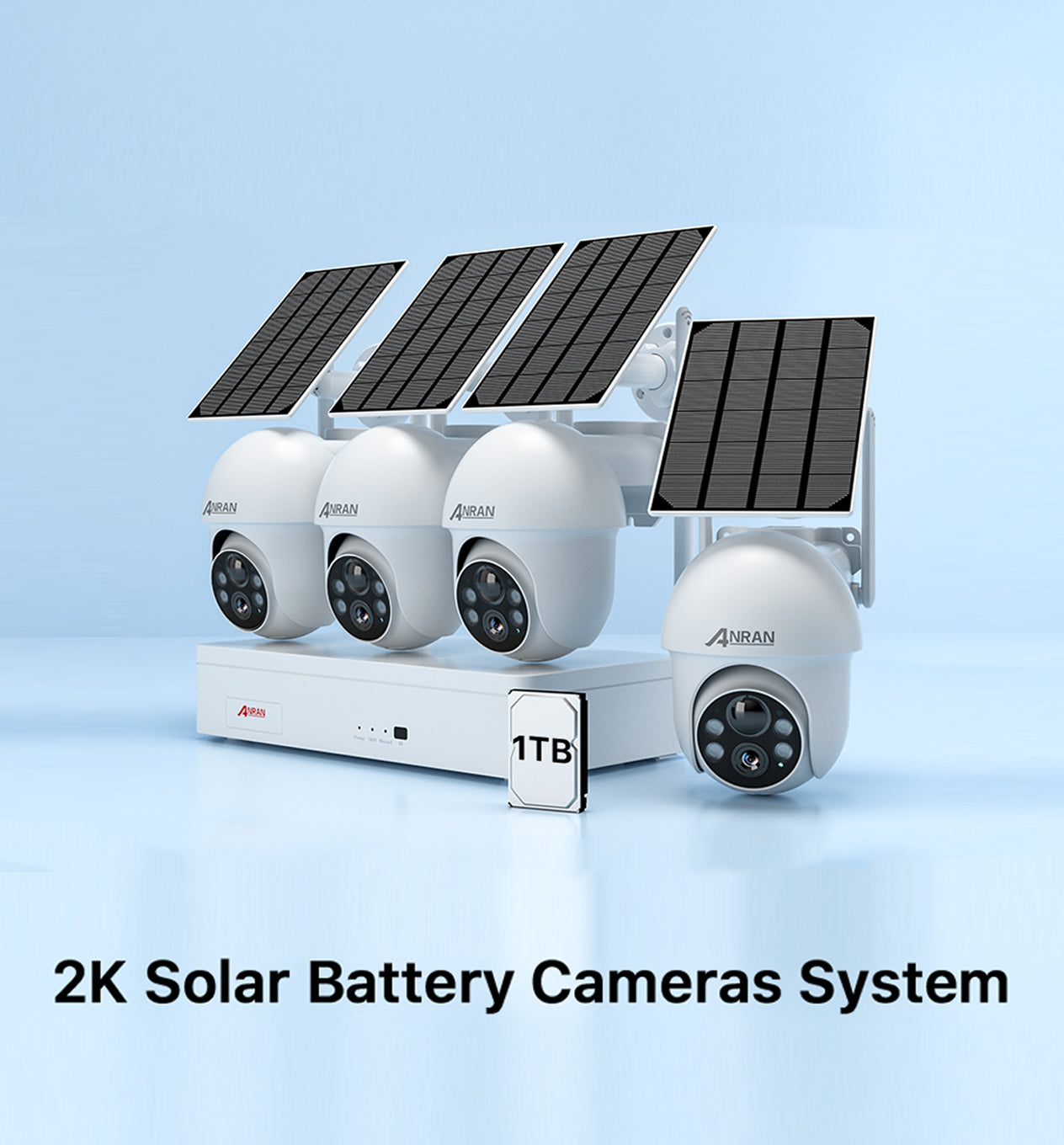Unlock the Future of Security: Discover the Game-Changing Benefits of Wireless CCTV Cameras!
In a world where security is becoming a top priority for both homeowners and businesses alike, wireless CCTV cameras have emerged as a revolutionary solution. These cameras offer a seamless blend of advanced technology and user-friendly design, making them a preferred choice for modern security systems. As technology continues to evolve, the shift from traditional wired systems to wireless alternatives has gained momentum, driven by the need for flexibility and convenience.

The trend of adopting wireless technology in surveillance has not only increased the accessibility of security solutions but has also led to significant improvements in functionality. With wireless CCTV cameras, users can monitor their premises from virtually anywhere, using their smartphones or tablets. This capability has made them increasingly popular among those seeking peace of mind in an uncertain world.
Understanding Wireless CCTV Cameras
Wireless CCTV cameras operate on a different principle than their wired counterparts. While traditional systems rely on physical cables to transmit video and power, wireless cameras use radio frequency signals to send data to a receiver, typically connected to a digital video recorder (DVR) or a cloud-based storage system. This technology liberates users from the constraints of wiring, allowing for more flexible placement and easier installation.
The technology behind wireless cameras involves several key components, including Wi-Fi connectivity, battery-operated power sources, and advanced encryption methods for secure data transmission. Many wireless CCTV cameras now feature high-definition video quality, night vision capabilities, and intelligent motion detection, all of which enhance the effectiveness of surveillance. These technological advancements mean that users can enjoy high-quality video feeds without the hassle of complicated wiring, making wireless CCTV systems increasingly appealing.
Key Features of Wireless CCTV Cameras
One of the hallmark features of wireless CCTV cameras is their mobility. Users can effortlessly reposition cameras to capture different angles or relocate them as needed, accommodating changing security requirements. Furthermore, the ease of installation cannot be overstated; many wireless systems can be set up in a matter of minutes without the need for professional assistance.
Remote access capabilities are another standout feature, allowing users to monitor their cameras in real-time from any location via smartphone apps or web browsers. This level of access empowers users to stay connected to their security systems, receiving instant alerts and notifications when any unusual activity occurs.
Benefits of Wireless CCTV Cameras
The benefits of using wireless CCTV cameras extend far beyond mere convenience. For residential users, these cameras offer a cost-effective solution by eliminating the need for extensive wiring and installation costs typically associated with traditional systems. Additionally, the flexibility of wireless cameras means that homeowners can easily expand their surveillance systems as needed, adding more cameras without the headache of running new cables.
For businesses, the advantages are even more pronounced. Wireless CCTV systems can be integrated into existing networks, allowing for centralized monitoring across multiple locations. This flexibility not only enhances security but also allows businesses to respond quickly to incidents, minimizing potential losses. Enhanced security features, such as motion detection and alerts, further bolster the effectiveness of these systems, providing an additional layer of protection.
Challenges and Considerations
While wireless CCTV cameras offer numerous advantages, it is essential to address potential challenges that come with them. One of the most common concerns is signal interference, which can occur due to obstacles such as walls, electronic devices, or other wireless networks operating on similar frequencies. This interference can lead to disruptions in video feed quality, making it crucial to strategically position cameras and routers for optimal performance.
Security concerns also arise, as wireless signals can be vulnerable to hacking if not adequately secured. To mitigate these issues, it is recommended to ensure that all devices are equipped with strong passwords, regularly updated firmware, and advanced encryption protocols. Additionally, users should conduct regular checks on their networks to ensure that no unauthorized access has occurred, helping maintain the integrity of their surveillance systems.
Embracing Wireless CCTV Cameras for Enhanced Security
Wireless CCTV cameras represent a significant advancement in security technology, offering a range of features and benefits that cater to both residential and commercial needs. From their mobility and ease of installation to the enhanced security they provide, these systems are becoming indispensable in modern security setups. As we navigate an increasingly complex security landscape, considering wireless options for your surveillance needs may be one of the best decisions you can make for peace of mind.
In conclusion, the transition to wireless CCTV cameras is not just a trend but a necessary evolution in safeguarding our homes and businesses. By understanding their features, benefits, and how to address potential challenges, users can confidently embrace this technology and significantly enhance their security setup.







commentaires